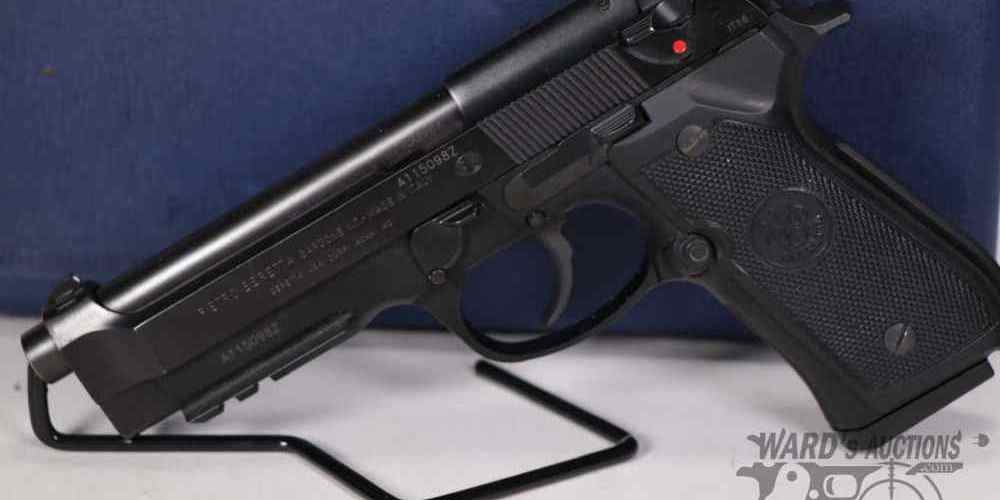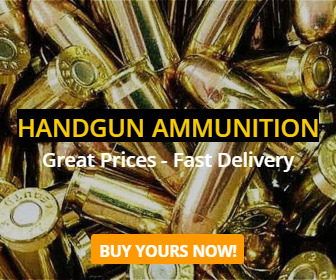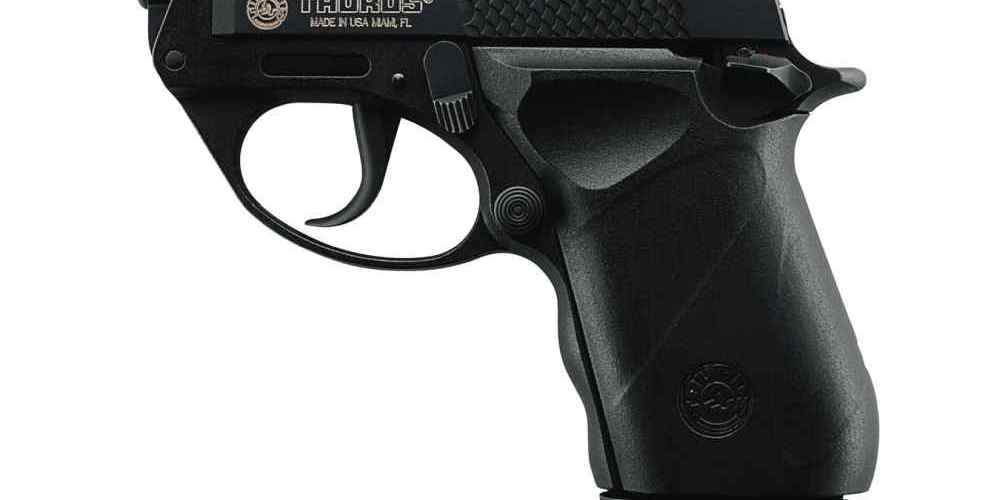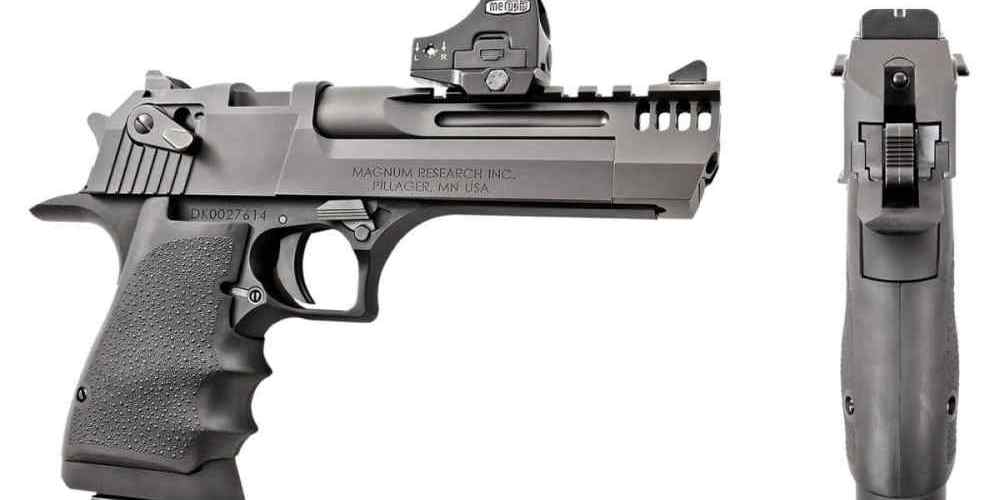“Unlocking the potential of semi-auto firepower with precision bullet types.”
Benefits of Hollow Point Bullets
When it comes to choosing the right ammunition for your semi-automatic firearm, there are a variety of factors to consider. One important aspect to think about is the type of bullet you will be using. Hollow point bullets are a popular choice for many gun owners due to their unique design and benefits.
Hollow point bullets are named for the hollow cavity at the tip of the bullet. This design allows the bullet to expand upon impact, creating a larger wound channel and transferring more energy to the target. This can result in quicker incapacitation of the target, making hollow point bullets an excellent choice for self-defense situations.
One of the main benefits of hollow point bullets is their ability to expand upon impact. When a hollow point bullet strikes a target, the hollow cavity at the tip of the bullet is forced to open up, causing the bullet to mushroom outwards. This expansion increases the diameter of the bullet, creating a larger wound channel and increasing the likelihood of hitting vital organs or blood vessels.
In addition to their expansion capabilities, hollow point bullets are also less likely to over-penetrate the target. Over-penetration occurs when a bullet passes through the target and continues on its trajectory, potentially hitting unintended targets behind the original target. Hollow point bullets are designed to expand upon impact, which helps to slow down the bullet and reduce the risk of over-penetration.
Another benefit of hollow point bullets is their ability to transfer more energy to the target upon impact. When a hollow point bullet expands, it creates a larger wound channel and deposits more energy into the target. This can result in quicker incapacitation of the target, making hollow point bullets an effective choice for self-defense situations where stopping power is crucial.
Hollow point bullets are also known for their accuracy and reliability. The design of the bullet allows for consistent expansion and reliable performance, making them a popular choice among shooters who demand precision and consistency from their ammunition. Whether you are practicing at the range or using hollow point bullets for self-defense, you can trust that they will deliver reliable performance every time.
In conclusion, hollow point bullets offer a variety of benefits that make them an excellent choice for semi-automatic ammunition. From their ability to expand upon impact and create larger wound channels to their reduced risk of over-penetration and increased energy transfer, hollow point bullets are a versatile and effective option for shooters of all skill levels. Whether you are looking for reliable performance at the range or maximum stopping power in a self-defense situation, hollow point bullets are a solid choice for your semi-automatic firearm.
Comparing Full Metal Jacket vs. Soft Point Bullets
When it comes to choosing the right ammunition for your semi-automatic firearm, there are a variety of factors to consider. One of the most important decisions you’ll need to make is the type of bullet you want to use. Two common options are full metal jacket (FMJ) and soft point bullets. Each type has its own advantages and disadvantages, so it’s important to understand the differences between them before making a decision.

Full metal jacket bullets are typically used for target shooting and military applications. These bullets have a lead core that is completely encased in a jacket made of copper or another metal. The jacket helps the bullet maintain its shape and prevents it from fragmenting upon impact. This can be beneficial for shooting at targets, as it helps ensure consistent accuracy.
One of the main advantages of full metal jacket bullets is their penetration power. The jacketed design allows the bullet to penetrate through barriers such as clothing or light cover, making them a good choice for self-defense situations. Additionally, FMJ bullets tend to have a lower cost compared to other types of ammunition, making them a popular choice for shooters on a budget.
However, there are some drawbacks to using full metal jacket bullets. One of the main concerns is over-penetration, which can be a safety hazard in certain situations. If a bullet passes through a target and continues traveling, it can pose a risk to bystanders or property behind the target. Additionally, FMJ bullets are less effective at transferring energy upon impact, which can result in less stopping power compared to other bullet types.
On the other hand, soft point bullets are designed with a partially exposed lead core, which allows for controlled expansion upon impact. This expansion creates a larger wound channel, increasing the likelihood of stopping a threat quickly. Soft point bullets are commonly used for hunting, as they are effective at delivering a lethal shot to game animals.
One of the main advantages of soft point bullets is their ability to transfer energy upon impact. The exposed lead core allows the bullet to expand and deform upon hitting a target, creating a larger wound cavity. This can be crucial for self-defense situations, as it increases the likelihood of incapacitating an attacker quickly.
However, there are some drawbacks to using soft point bullets as well. One concern is that the exposed lead core can lead to fouling in the barrel of your firearm, which can affect accuracy over time. Additionally, soft point bullets tend to have a higher cost compared to FMJ bullets, which may be a consideration for shooters on a budget.
In conclusion, both full metal jacket and soft point bullets have their own advantages and disadvantages. When choosing ammunition for your semi-automatic firearm, it’s important to consider your intended use and the specific characteristics of each bullet type. Whether you prioritize penetration power or stopping power, there is a bullet type that will suit your needs. Ultimately, the best way to determine which type of bullet is right for you is to test different options at the range and see how they perform in your firearm.
Exploring the Effectiveness of Polymer-Tipped Bullets
When it comes to choosing the right ammunition for your semi-automatic firearm, there are a variety of factors to consider. One important aspect to take into account is the type of bullet being used. Polymer-tipped bullets have gained popularity in recent years due to their effectiveness in improving accuracy and terminal performance.
Polymer-tipped bullets are designed with a polymer tip at the front of the bullet, which helps to streamline its shape and improve ballistic coefficient. This results in better aerodynamics and increased accuracy at longer distances. The polymer tip also helps to initiate expansion upon impact, leading to greater energy transfer and stopping power.
One of the key benefits of polymer-tipped bullets is their ability to retain their shape and weight upon impact. This is important for ensuring consistent performance and penetration, especially when encountering barriers such as clothing or bone. The polymer tip helps to prevent deformation of the bullet, allowing it to maintain its trajectory and deliver maximum energy to the target.
In addition to their ballistic advantages, polymer-tipped bullets are also known for their terminal performance. The polymer tip helps to initiate rapid expansion upon impact, creating a larger wound cavity and increasing the likelihood of a quick and humane kill. This is particularly important for hunters who want to ensure a clean and ethical harvest.
Another advantage of polymer-tipped bullets is their versatility. They can be used for a wide range of applications, from hunting to self-defense. Their reliable performance and consistent accuracy make them a popular choice among shooters who demand high-quality ammunition.
When selecting polymer-tipped bullets for your semi-automatic firearm, it is important to consider the specific requirements of your intended use. Different bullet weights and designs are available to suit various shooting scenarios, so be sure to choose the right ammunition for your needs.
In conclusion, polymer-tipped bullets offer a number of advantages for shooters looking to maximize the performance of their semi-automatic firearms. From improved accuracy and terminal performance to versatility and reliability, these bullets are a solid choice for a wide range of applications. Whether you are a hunter, competitive shooter, or simply looking for effective self-defense ammunition, polymer-tipped bullets are worth considering for your next shooting adventure.
The Importance of Bullet Weight in Semi-Auto Ammunition
When it comes to selecting the right ammunition for your semi-automatic firearm, there are a variety of factors to consider. One of the most important aspects to take into account is the weight of the bullet. The weight of a bullet can have a significant impact on the performance and effectiveness of your firearm. In this article, we will explore the importance of bullet weight in semi-auto ammunition and how it can affect your shooting experience.
Bullet weight refers to the mass of the projectile that is fired from a firearm. In semi-automatic firearms, the weight of the bullet can influence the recoil, accuracy, and stopping power of the ammunition. Heavier bullets typically have more momentum and energy, which can result in greater penetration and stopping power. On the other hand, lighter bullets may have higher velocities and flatter trajectories, making them more suitable for long-range shooting.
When selecting ammunition for your semi-automatic firearm, it is essential to consider the intended use of the ammunition. For self-defense purposes, many shooters opt for heavier bullets that can deliver maximum stopping power. Heavier bullets are more likely to penetrate barriers and incapacitate a threat effectively. On the other hand, lighter bullets may be more suitable for target shooting or hunting small game where accuracy and velocity are crucial.
In addition to the intended use of the ammunition, the weight of the bullet can also affect the recoil of your firearm. Heavier bullets typically generate more recoil due to their increased mass and energy. This can impact your ability to stay on target and quickly follow up shots. Lighter bullets, on the other hand, may produce less recoil, allowing for faster and more accurate shooting.
Another factor to consider when selecting the right bullet weight for your semi-automatic firearm is the twist rate of the barrel. The twist rate refers to the rate at which the rifling in the barrel spins the bullet as it travels down the barrel. Different bullet weights may require different twist rates to stabilize the projectile and ensure accuracy. It is essential to match the bullet weight to the twist rate of your barrel to achieve optimal performance.
In conclusion, the weight of the bullet plays a crucial role in the performance and effectiveness of semi-auto ammunition. Whether you are using your firearm for self-defense, target shooting, or hunting, selecting the right bullet weight can make a significant difference in your shooting experience. Consider the intended use of the ammunition, the recoil of your firearm, and the twist rate of your barrel when choosing the right bullet weight for your semi-automatic firearm. By taking these factors into account, you can ensure that you are using ammunition that meets your needs and enhances your shooting capabilities.
Understanding the Differences Between Lead and Copper Bullets
When it comes to choosing the right ammunition for your semi-automatic firearm, understanding the differences between lead and copper bullets is crucial. Both types of bullets have their own unique characteristics and advantages, so it’s important to know which one is best suited for your needs.
Lead bullets have been a popular choice for shooters for many years due to their affordability and effectiveness. These bullets are typically softer than copper bullets, which allows them to deform upon impact, creating a larger wound channel. This can be beneficial for hunting or self-defense situations where stopping power is important.
However, lead bullets also have some drawbacks. One of the main concerns with lead bullets is their potential to cause lead exposure. When a lead bullet is fired, it can release lead particles into the air, which can be inhaled by shooters or bystanders. This can lead to lead poisoning, which can have serious health consequences.
Copper bullets, on the other hand, are becoming increasingly popular due to their environmental benefits. Copper is a non-toxic material, so there is no risk of lead exposure when using copper bullets. Additionally, copper bullets are known for their superior penetration and weight retention, making them a great choice for long-range shooting or hunting larger game.
While copper bullets may be more expensive than lead bullets, many shooters believe that the benefits outweigh the cost. Copper bullets are also known for their accuracy and consistency, making them a reliable choice for competitive shooting or precision shooting.
When choosing between lead and copper bullets, it’s important to consider your specific needs and preferences. If you are looking for an affordable option with good stopping power, lead bullets may be the way to go. However, if you are concerned about lead exposure or are looking for superior performance, copper bullets may be the better choice.
It’s also worth noting that there are other types of bullets available, such as jacketed bullets or frangible bullets, which offer their own unique advantages. Jacketed bullets are covered in a thin layer of copper or another metal, which can help improve accuracy and reduce fouling in the barrel. Frangible bullets are designed to break apart upon impact, reducing the risk of overpenetration and collateral damage.
Ultimately, the best bullet type for your semi-automatic firearm will depend on your individual needs and preferences. It’s important to do your research and consider factors such as cost, performance, and environmental impact when making your decision.
In conclusion, understanding the differences between lead and copper bullets is essential for choosing the right ammunition for your semi-automatic firearm. Both types of bullets have their own advantages and drawbacks, so it’s important to weigh your options carefully. Whether you choose lead or copper bullets, make sure to practice safe shooting habits and always follow proper firearm safety protocols.





